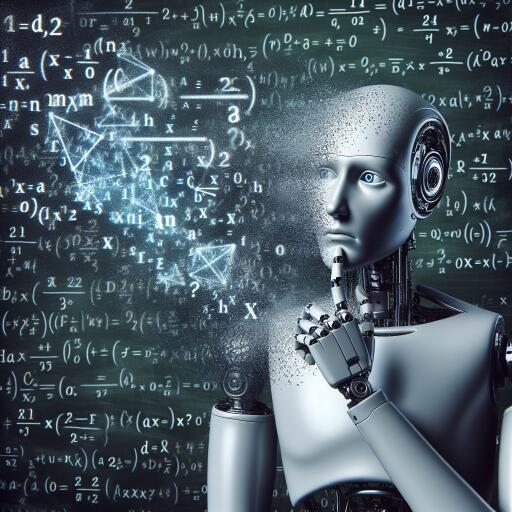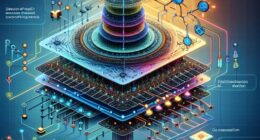Exploring the Mathematical Limitations of Artificial Intelligence
As the digital age propels forward, artificial intelligence (AI) chatbots such as OpenAI’s ChatGPT are demonstrating their prowess in mimicking human-like responses with remarkable fluency. They can craft poetry, summarize extensive literature, and answer a multitude of questions. However, when it comes to mathematics, these advanced systems often struggle. Unlike their human counterparts, AI chatbots, which thrive in language’s flexible terrain, find the rigid structure of mathematical rules challenging.
Kristian Hammond, a computer science professor and AI researcher at Northwestern University, points out a fundamental flaw in the AI design philosophy. “The AI chatbots have difficulty with math because they were never designed to do it,” Hammond explains. This sheds light on a peculiar evolution in AI development, signaling a departure from computing’s number-crunching history toward a more nuanced, linguistically adept generation of machines.
Traditional computing systems excel in performing mathematical calculations rapidly and precisely by following predetermined algorithms. However, the AI technologies shaping today’s chatbots have taken a different route. Employing neural networks, which draw inspiration from the human brain, these systems learn by digesting vast datasets rather than following strict, rule-based instructions. This learning approach has propelled AI into new territories of capabilities but has left a noticeable gap in its mathematical competence.
Recent evaluations have shown that AI models occasionally falter even with simple arithmetic or multi-step math problems—a fact not lost on technology reviewers and educators alike. For example, Khan Academy, a leader in online education, has had to creatively circumvent these limitations in their AI-powered tutor, Khanmigo. By redirecting numerical queries to a dedicated calculator program, they ensure accuracy where the AI falls short, signifying a temporary patchwork rather than a complete solution.
Despite these challenges, there is optimism in the air. OpenAI’s latest iterations of chatbots have shown improvement in math accuracy, backed by the company’s commitment to advancing research in this area. Additionally, when massive amounts of relevant training material are available, AI can perform remarkably well, even scoring competitively in standardized tests like the SAT.
But the question remains: Is the path to achieving artificial general intelligence (AGI)—a machine capable of performing any intellectual task that a human being can—solely through the advancement of these large language models? Skeptics, including Yann LeCun, chief AI scientist at Meta, argue for a more holistic approach that includes developing models capable of understanding the world through logic and common sense, not just through language.
Meanwhile, educators like Kirk Schneider, a high school math teacher in New York, recognize the inevitability of AI’s integration into educational frameworks. Rather than fearing or fighting this trend, Schneider leverages AI’s occasional inaccuracies as learning opportunities, encouraging critical thinking among his students. “They’re usually fine, but usually isn’t good enough in math. It’s got to be accurate,” Schneider notes, echoing a sentiment that resonates beyond the classroom.
As we stand at this intersection of technology and education, it becomes clear that the journey toward perfecting AI in all facets, including math, is ongoing. The limitations of current AI technologies invite a broader debate about the future direction of AI research and development. It reminds us that while AI can offer groundbreaking assistance in many domains, a critical, human perspective remains indispensable. In the words of Schneider, it’s a lesson that extends beyond mathematics: “Don’t believe everything an AI program tells you. Don’t trust it too much.”
As we navigate this future, the blend of AI’s linguistic flair and mathematical precision promises to unlock new horizons in technology and education. The challenge lies in refining these systems to bridge the gap between language and logic, bringing us closer to the dream of truly intelligent machines.









